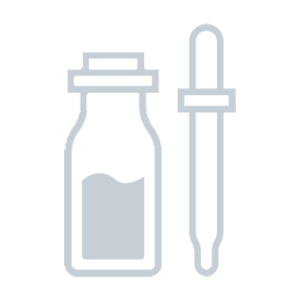Comparison between Urban Care Twisted Curls Hibiscus & Shea Butter Hydrate & Anti-frizz Oil-in-cream vs. Lador Thermal Protection Spray
- 19 components -
- 45 components -
Find out which product is better for your skin.
Ingredients in both products 6
Water, Fragrance, Ethylhexylglycerin, Hydrolyzed Corn Protein, Hydrolyzed Wheat Protein and 1 more. Show all.
Components only in Urban Care Twisted Curls Hibiscus & Shea Butter Hydrate & Anti-frizz Oil-in-cream 13
Cetearyl Alcohol, Stearamidopropyl Dimethylamine, Lactic Acid, Phenoxyethanol, Ethylhexyl Methoxycinnamate and 8 more. Show all.
Uniqueness: 68.4%
Components only in Lador Thermal Protection Spray 39
Butylene Glycol, Polyglyceryl-10 Laurate, Hydrolyzed Collagen, Polyglyceryl-4 Laurate, Polyglycerin-3 and 34 more. Show all.
Uniqueness: 86.7%
Face to Face
Components position by position
1
Water
1
Water
2
Cetearyl Alcohol
2
Butylene Glycol
3
Stearamidopropyl Dimethylamine
3
Polyglyceryl-10 Laurate
4
Lactic Acid
4
Hydrolyzed Collagen
5
Phenoxyethanol
5
Polyglyceryl-4 Laurate
6
Fragrance
6
Polyglycerin-3
7
Ethylhexylglycerin
7
Benzyl Glycol
8
Ethylhexyl Methoxycinnamate
8
Caprylyl/Capryl Glucoside
Show others
Positive Effects
Find out what good effects the product has
Both products provide the following effects: , Moisturizing, Cleansing, Softening, Soothing, Anti-aging, Lightening, Healing, Elasticity improvement, Rejuvenation, Antiseptic, Deodorant, Regeneration, Protection, Hair conditioning, Hair strengthening, Hair structure improvement, Hair gloss, Hair protection
Effects unique for Twisted Curls Hibiscus & Shea Butter Hydrate & Anti-frizz Oil-in-cream:
UV Protection, Acne fighting, Antifungal, Hair growth stimulatingEffects unique for Thermal Protection Spray:
Antioxidant, Antistatic, Nutrifying, Hair follicle nutrition-- Show more --
ECO Metrics
Find out how eco-friendly the components are
Vegan
No
No
Cruelty free
No
No
Reef safe
Yes
Yes
Ozone layer safe
Yes
Yes
Organic score
natural
8 out of 19
42%
chemical
9 out of 19
47%
natural
9 out of 45
20%
chemical
30 out of 45
67%
Concerns
Pay attention to this information
-- Extra information --
Components by Skin Type
Find out what components are good or bad for your skin type
Dry skin
Positive: 0Negative: 0
Oily skin
Positive: 0Negative: 0
Sensitive skin
Positive: 0Negative: 2
Lactic Acid#4Linalool#19
Dry skin
Positive: 3Negative: 0
Butylene Glycol#2Propylene Glycol#161,2-Hexanediol#42
Oily skin
Positive: 0Negative: 0
Sensitive skin
Positive: 0Negative: 1
Hexyl Cinnamal#45

